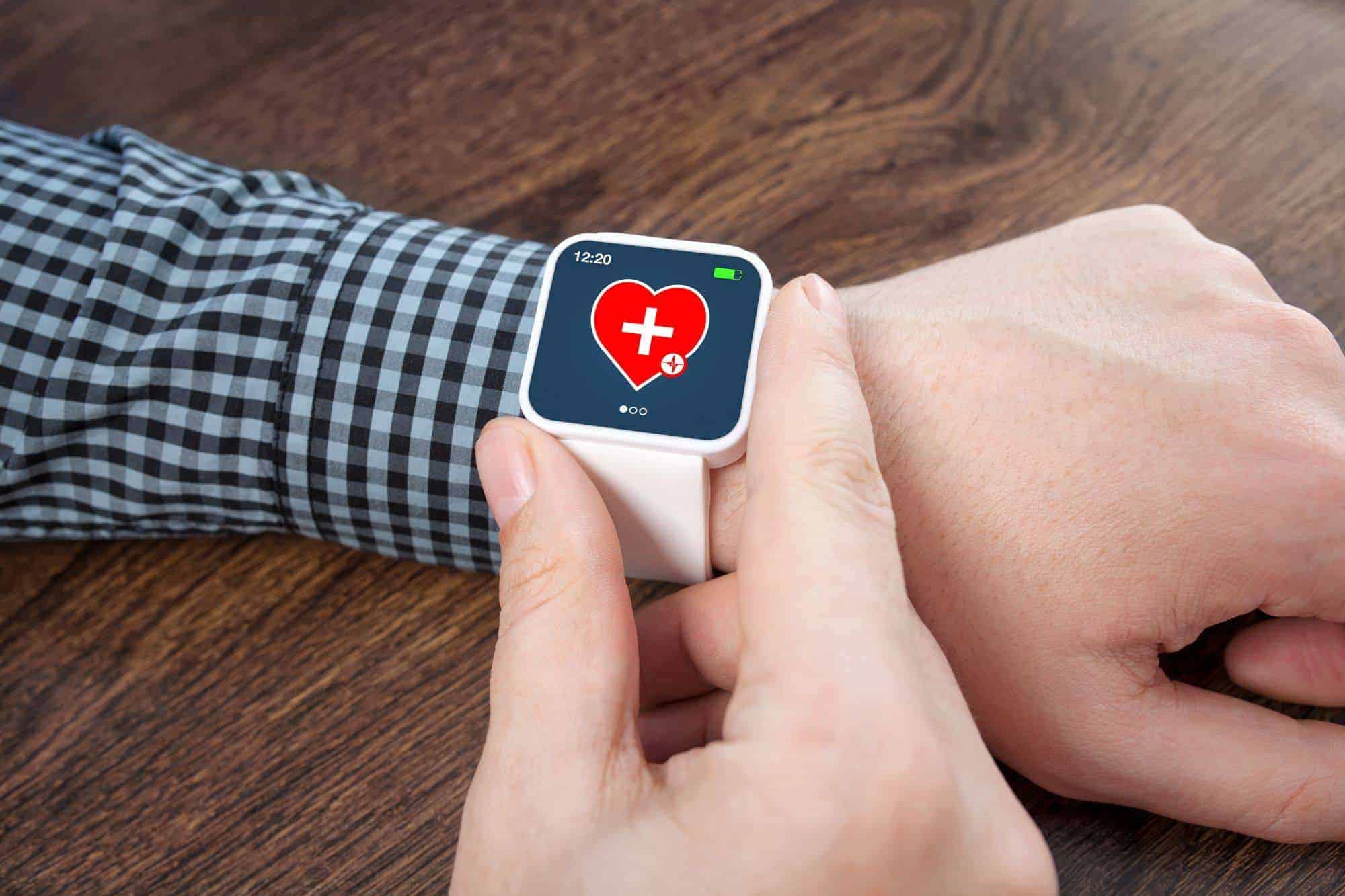One of the few positive things coming out of the COVID-19 pandemic is dramatically heightened interest in telemedicine. Telemedicine visits have jumped from 0.1% of Medicare primary care visits in February 2020 to 43.5% in April1, according to the US Department of Health and Human Services. Virtual visits are more convenient for patients, reduce the risk of contagion, and are more efficient for healthcare systems.
Given the dramatic increase in telemedicine visits, one would expect to see a huge uptick in remote patient monitoring and yet, despite its great potential value, use has remained low. Remote patient monitoring has great potential to transform medical care by enabling medical interventions to take place before acute episodes occur. For example, the Centers for
COVID represents an ideal use case to demonstrate the value of remote patient monitoring. It would keep infected people out of centralized care, reducing the possibility of them infecting others and reducing the care costs for most people who will get well on their own. It would also help to identify the subset of COVID sufferers that will become critically ill. Accurately identifying those patients in a timely fashion could enable healthcare resources to be focused on those who need them most and could save lives.
Widespread adoption of remote patient monitoring has not yet occurred because it requires a fundamental shift in how data is analyzed.
In a traditional hospital setting, patients’ vital signs are monitored within well-established parameters and whenever they go out of range, clinicians can react within minutes, if not seconds. Furthermore, clinicians know the context in which those vital signs were collected. For example, a patient who is receiving an injection may have an elevated heart rate for issues completely unrelated to their condition.
Contrast this with remote monitoring where a continuous stream of noisy data is received without any knowledge of what is happening with the patient. Response times are likely to be measured in hours, if not days. This means that the system needs to be able to forecast what will happen in the future based on current data because clinicians cannot wait for patients’ vital signs to become critical.
To accelerate the development of wearables for remote patient monitoring, we need to collect large quantities of high-quality patient data to build the associations required to create predictive models.
Significant work is being done in this area by tech giants, such as Alphabet and Apple. However, much of the wearable data currently generated are heavily processed before becoming available for research – destroying information that may turn out to be significant. In addition, clinical outcome information is often limited.
To build the necessary predictive models will require much higher quality wearable data that are tightly associated with clinical progress of specific diseases. Clinical trials provide a natural place to capture such data. The entire medical record of each participant is potentially available, given the appropriate informed consent. Clinical grade sensors can also be used to get the best data.
Each clinical trial provides only a small piece of the puzzle. Results from many trials will need to be integrated to create a more complete picture. To be successful, many companies will need to collaborate and share data and knowledge. The Open Wearables Initiative (www.owear.org) was founded to promote this type of collaboration. If we work together, we can accelerate progress and start to achieve the promise of wearables for remote patient monitoring.
References
- See HHS Press release on July 28, 2020 https://www.hhs.gov/about/news/2020/07/28/hhs-issues-new-report-highlighting-dramatic-trends-in-medicare-beneficiary-telehealth-utilization-amid-covid-19.html
- See https://www.cdc.gov/homeandrecreationalsafety/falls/data/fallcost.html
- See https://www.cdc.gov/heartdisease/heart_failure.htm#:~:text=About%206.2%20million%20adults%20in,estimated%20%2430.7%20billion%20in%202012
This post has been sponsored by Shimmer
Geoffrey Gill
Geoffrey Gill is president of Shimmer Americas. Founded based on Intel technology in 2006, Shimmer Research is a well-established wearable technologies services and sensor manufacturing company based in Dublin, Ireland.
